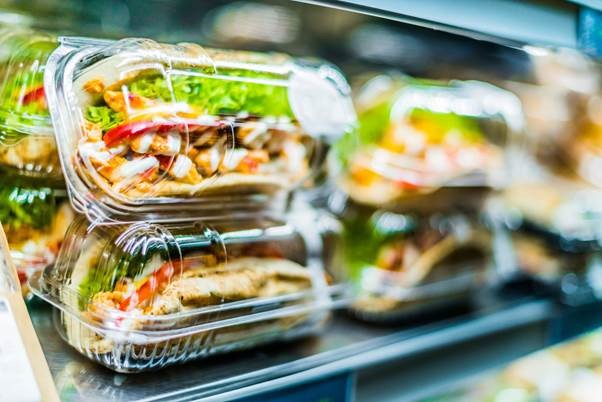The demand for quick, easy, and nutritious meals has grown exponentially. Enter the packaged food industry, a sector that has evolved dramatically over the last few decades, driven by innovation, sustainability, and a growing focus on health-conscious consumers. Let’s dive into the transformation of packaged foods, exploring their benefits, challenges, and future trends.
The Evolution of Packaged Food
Packaged food has come a long way from the days of canned vegetables and preservative-laden TV dinners. Originally seen as a compromise between nutrition and convenience, today’s offerings are often just as healthy as fresh food—if not more so in some cases. Advances in packaging technology and preservation techniques have allowed food manufacturers to offer nutritious, shelf-stable options that cater to a variety of dietary needs.
The rise of “clean label” packaged foods—those free from artificial ingredients, preservatives, and additives—reflects a growing consumer demand for transparency and health. Organic, gluten-free, and non-GMO options now dominate the shelves, showing that health-consciousness and convenience are no longer mutually exclusive.
Benefits of Packaged Food
- Convenience: One of the most obvious benefits of packaged food is its convenience. Whether you’re rushing out the door or need a quick dinner after a long day, packaged foods provide an easy, time-saving solution. Pre-prepared meals, snacks, and even complete meal kits can help consumers maintain a balanced diet without spending hours in the kitchen.
- Portion Control and Nutritional Information: Many packaged foods come with clear labeling, including portion sizes, calories, and detailed nutritional information, making it easier to maintain a balanced diet. This transparency can be particularly helpful for those looking to manage their weight or track their intake of specific nutrients, like protein or fiber.
- Longer Shelf Life: Modern packaging technologies, such as vacuum-sealed and freeze-dried products, have drastically extended the shelf life of many foods without the need for preservatives. This not only reduces food waste but also ensures that nutritious meals are available anytime.
- Innovation and Customization: The rise of personalized nutrition has led to more customized packaged food options. Whether it’s meals tailored to specific dietary preferences (like keto, vegan, or paleo) or functional foods that support specific health goals (like immunity or brain health), the industry is constantly evolving to meet consumer needs.
Challenges Facing the Packaged Food Industry
While the packaged food industry has made great strides, there are still challenges that manufacturers face. One major concern is environmental sustainability. The rise of single-use plastic packaging has contributed to environmental pollution, and the industry is under pressure to adopt more eco-friendly solutions.
Health perception is another challenge. Despite improvements in the nutritional quality of many packaged foods, some consumers still perceive these products as unhealthy, associating them with high levels of sugar, sodium, and preservatives. Overcoming this stigma will require ongoing innovation and education.
Lastly, cost can be a barrier. Some consumers, particularly those in lower-income brackets, may find it difficult to afford the premium options that boast higher quality ingredients and eco-friendly packaging. Balancing affordability with health and sustainability remains a key challenge for food manufacturers.
Future Trends in Packaged Food
- Sustainable Packaging: With consumers increasingly concerned about the environmental impact of packaging waste, the industry is moving towards more sustainable options. Biodegradable packaging, plant-based materials, and minimalistic designs are expected to become the norm in the coming years. Major food companies are investing in research and development to reduce their carbon footprint while still maintaining the safety and integrity of their products.
- Plant-Based and Alternative Protein Products: As plant-based diets continue to gain popularity, the demand for packaged plant-based foods is expected to grow. From plant-based snacks to complete meals, companies are developing innovative ways to meet the needs of vegan, vegetarian, and flexitarian consumers.
- Functional Foods and Beverages: Packaged foods that offer health benefits beyond basic nutrition—like boosting immunity, improving gut health, or enhancing mental clarity—are on the rise. Consumers are seeking products that not only fuel their bodies but also contribute to their overall well-being.
- Technology Integration: The future of packaged food might include technology-driven solutions, such as smart labels that track freshness or apps that offer personalized recommendations based on your purchase history and dietary preferences.
The packaged food industry is at a pivotal moment, where convenience meets innovation. While it offers solutions for busy lives, the industry must continue to address consumer demands for healthier, more sustainable options. By focusing on clean labels, eco-friendly packaging, and functional nutrition, the future of packaged food looks bright and full of possibilities.
Browse Popular
These insights are based on a report on Packaged Food Market by TMR.








